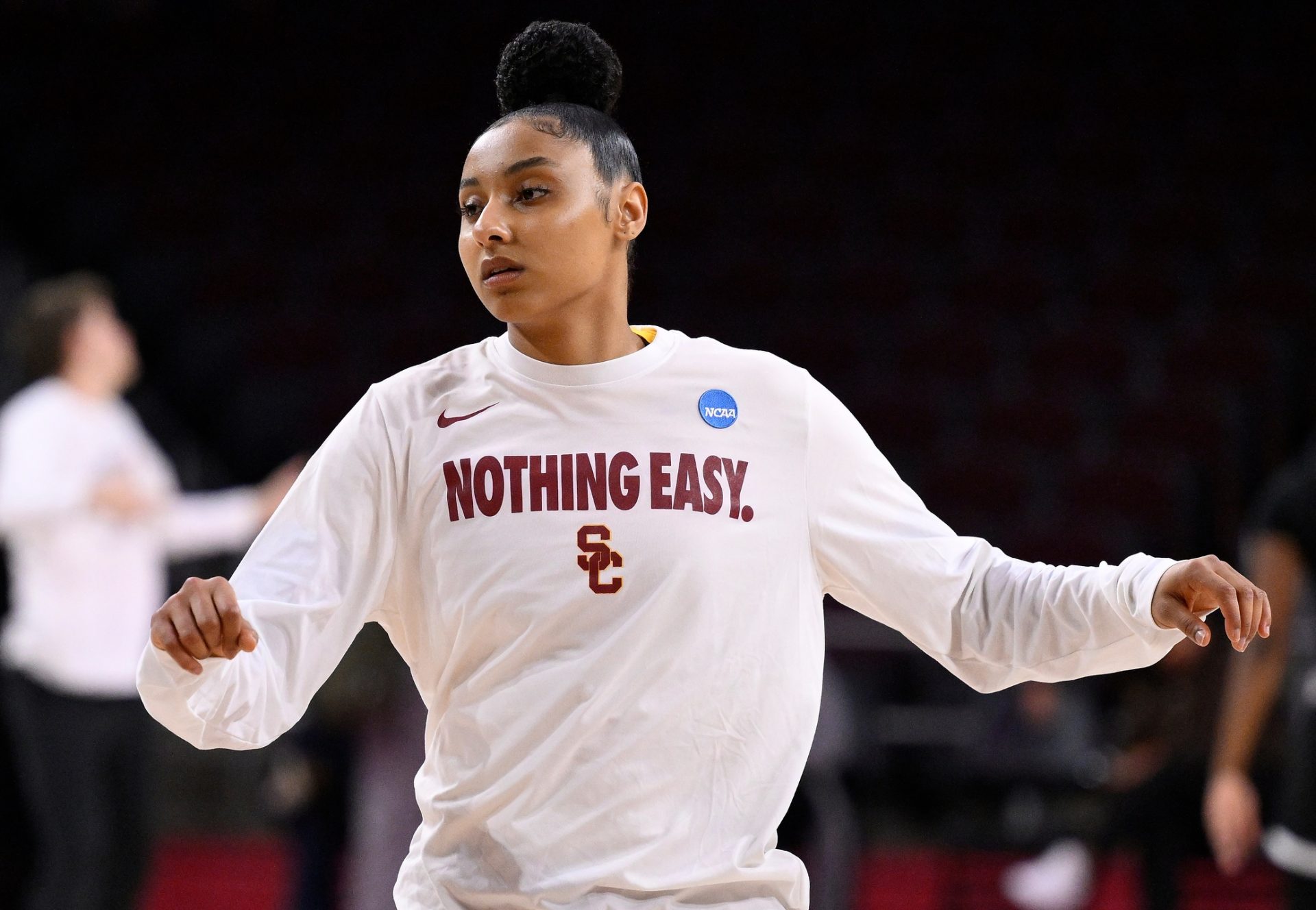For most rising stars in women’s college basketball, the WNBA isn’t just a dream — it’s the ultimate destination. But getting there isn’t as simple as dropping 30 points a game and declaring for the draft. There’s some red tape involved.
The road to the WNBA is lined with rules around age, experience, and graduation — and not everyone is thrilled about that. With NIL money reshaping the college game, it’s time to take a closer look at when players can turn pro — and whether it’s time to rethink the timeline.
How Do Athletes Qualify for the WNBA Draft?
The WNBA’s eligibility rules are outlined in the league’s collective bargaining agreement. To declare for the draft, players must meet at least one of the following criteria:
- Be 22 years old during the calendar year of the draft.
- Graduate from a four-year college within three months of the draft.
- Be four years removed from high school graduation.
That’s right — unlike the NBA’s one-and-done model, the WNBA usually requires players to wait until their junior or senior year before declaring.
The rules are slightly different for international players, who only need to turn 20 during the calendar year of the draft.
The result? Some of the biggest stars in college basketball — even those putting up pro-ready numbers — have to wait multiple seasons before they’re eligible to make the leap.
JuJu Watkins: A Star Held Back by the Calendar
Take JuJu Watkins, for example — USC’s breakout star who shattered freshman scoring records in 2023-24 and quickly became one of the faces of West Coast basketball. Fans have already envisioned her in a WNBA jersey. But there’s a catch: she’s not eligible.
Born July 15, 2005, Watkins won’t turn 22 until 2027. That means she won’t be eligible for the draft for at least two more years.
Watkins understands the rule, but that doesn’t mean she agrees with it.
“I definitely think we should have the option,” she told reporters. “There’s just been such a growth in college basketball where it’s like, why would you want to leave?”
It’s a double-edged sword. She’s thriving in college and building her brand — but under the NBA’s rules, she’d already be eligible to turn pro.
NIL Is Changing the Game
One reason players like Watkins can afford to stay in school? NIL money.
Since 2021, student-athletes have been allowed to earn income through their name, image, and likeness — and the top women’s players are cashing in.
Look no further than UConn’s Paige Bueckers. She’s a college superstar and reportedly a multimillionaire, thanks to endorsements and sponsorships. With WNBA rookie salaries starting around $78,000, staying in school can be more lucrative — at least in the short term.
That’s flipped the old narrative. In the past, some players felt pressure to go pro for financial reasons. Now, sticking around in college can offer both financial security and national exposure.
Is It Time for a Change?
Still, not everyone is satisfied with the current setup. An increasing number of players, analysts, and fans are questioning why women can’t go pro sooner — especially when their male counterparts can declare at 19.
Critics argue the WNBA’s rules limit players’ earning potential during their athletic prime. Some have proposed lowering the age requirement to 20 or allowing players to declare after two years of college, similar to international men’s leagues.
It’s a conversation centered around fairness, opportunity, and adapting to a rapidly evolving game. But not everyone is pushing for change.
UConn head coach Geno Auriemma has made his stance clear: he’s not rooting for a one-and-done rule in women’s hoops.
“I think it would kill the game,” Auriemma said.
He believes the college game benefits from keeping stars on campus longer. Players like Caitlin Clark, Bueckers, and Watkins drive ratings, build fan bases, and make women’s college basketball must-see TV.
So here’s the question: What’s better for the sport — more flexibility for players or more star power in the college ranks?
What’s Next?
The WNBA’s current collective bargaining agreement runs through 2027, but there’s an option for the league and the players’ union to opt out in November 2025. That’s the earliest opportunity for real change.
Until then, players like Watkins will continue to dominate the college game while the conversation — and the controversy — continues.
KEEP READING: Women’s Basketball Programs With the Most First-Round WNBA Draft Picks
Is the current system outdated? Or does it still serve the best interests of women’s basketball?
One thing’s for sure: between NIL deals, shifting draft rules, and the emergence of new stars, the landscape is changing fast. Whether they’re suiting up for college or preparing for the pros, these athletes are shaping the game on their own terms.
College Sports Network has you covered with the latest news, analysis, insights, and trending stories in football, basketball, and more!



